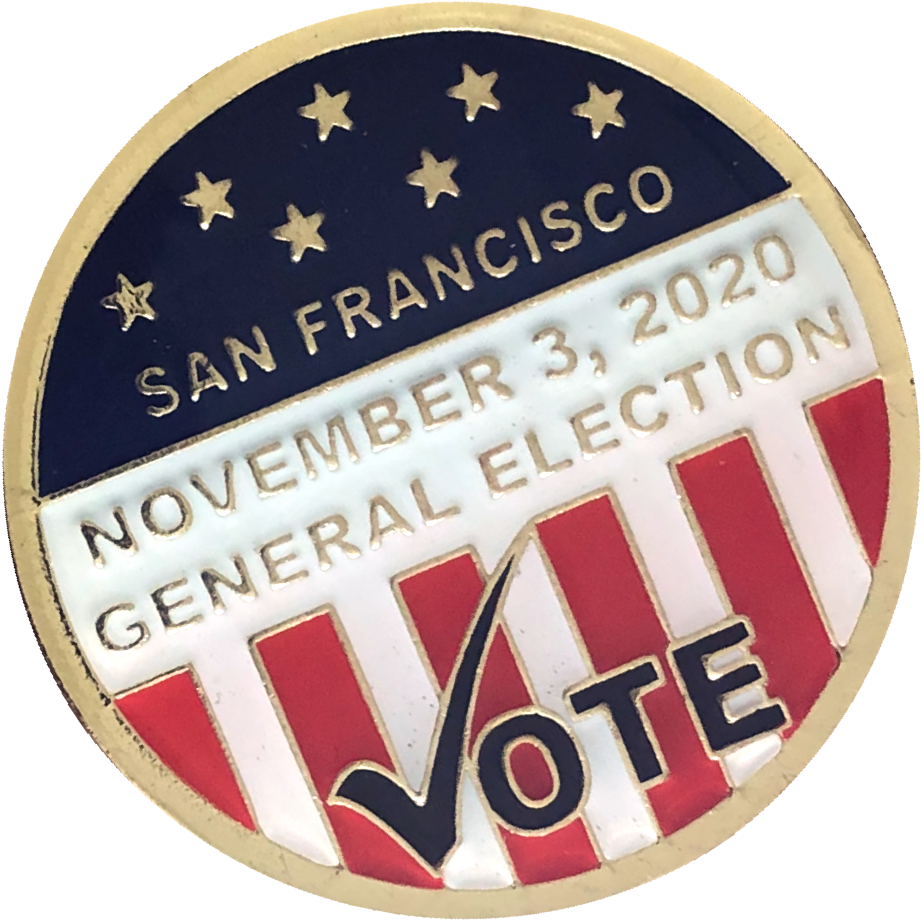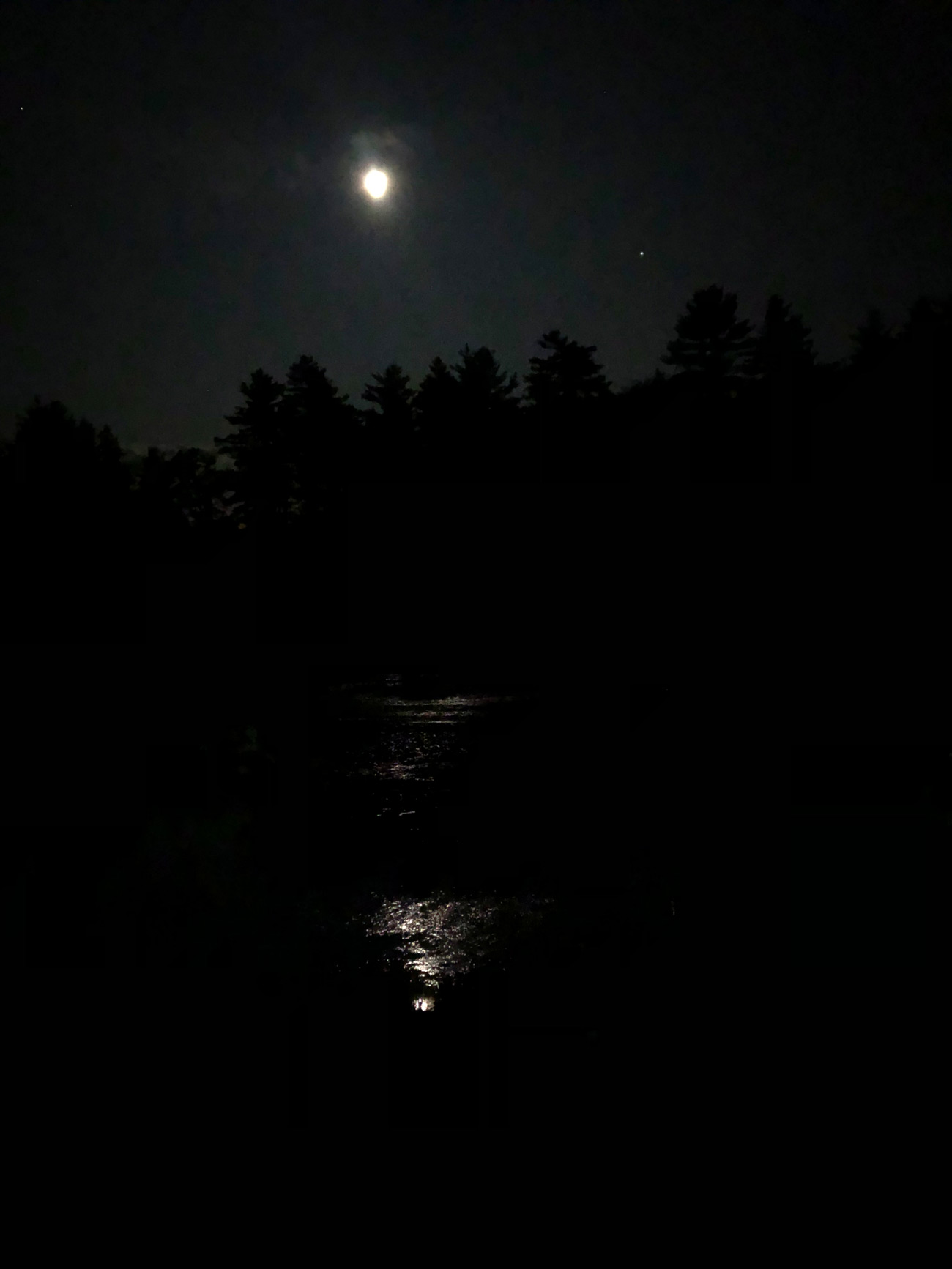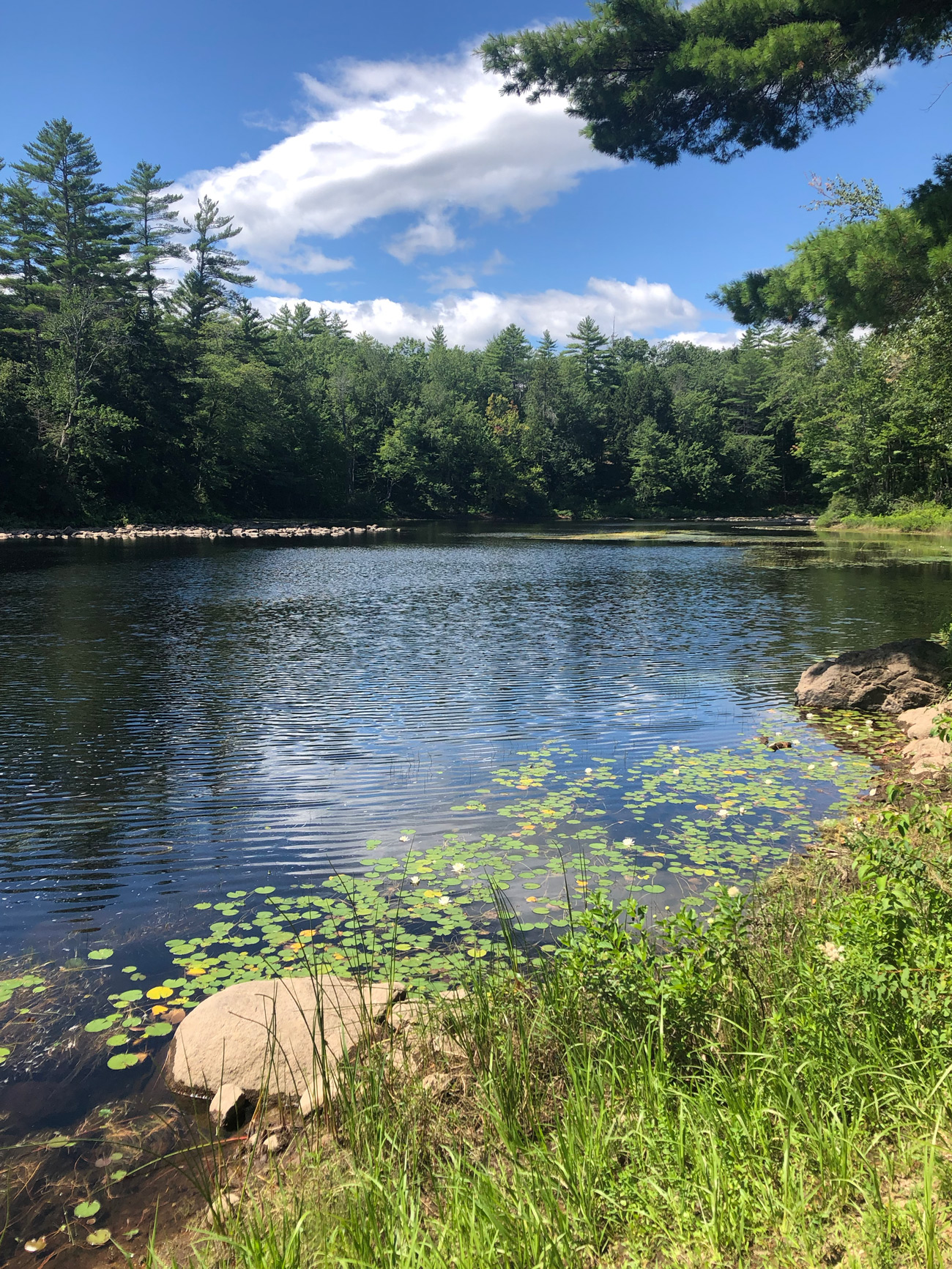Published
What next
Whelp. Tuesday did not at all go how I had hoped.
Published
Whelp. Tuesday did not at all go how I had hoped.
Published
So the SCOTUS struck down Roe v. Wade recently. Abortion rights are now up to the states. This is inhumane, in my opinion.
I have a lot more to say on it but lack both the time and the clarity of mind to articulate the injustice. In lieu of that, I wanted to record this post on LinkedIn, shared with me by Sam. I don’t love LinkedIn generally, but I think it is a hell of a brave place to share an abortion story.
Unfortunately, after an agonizing wait, both my blood tests and CVS (large needle to sample the placenta for abnormalities) confirmed a devastating chromosomal issue. If you have a strong constitution, feel free to look up Trisomy13 on Wikipedia. Median survival after birth is 12.5 days, and the prognosis is pretty awful beyond that. Neither my OB nor genetic counselor had ever had a patient continue with such a pregnancy, so I scheduled my termination.
There’s an important call out here. My life was NOT in danger. I simply cannot fathom being forced to have continued with this pregnancy, knowing all along that I would have to give birth to a child that would die. I would never judge someone else who chose that path, but the mental toll on me and my family – and the thought of suffering for the baby – it didn’t even register as a choice for me.
This is one person’s abortion story.
According to the report “Seeing the Unseen: The case for action in the neglected crisis of unintended pregnancy” by the United Nations Population Fund published this year, it is likely that nearly half of of all pregnancies worldwide are unintended.
Her story is one among billions.
Related point: There is nothing in the Constitution preventing discrimination on the basis of one’s sex. The Equal Rights Amendment would fix this. It has already been ratified by 38 states and passed by both the House and the Senate. One of the only things holding it back is a minor clause in the introduction that it should have been passed within seven years. In my opinion, and in many others’, major legislation like this should take a long time. Seven years is a ridiculous limitation.
If you live in the US, write to your senators now and urge them to dissolve the time limit for the ratification of the Equal Rights Amendment. The House already did it in March of last year.
You can learn more about the Equal Rights Amendment on eracoalition.org.
Visit senate.gov to easily find your senators’ contact information.
Published
I’ve hosted this site with NearlyFreeSpeech.NET (NFSN) for a few years now and have always been happy with their service.
It’s super bare-bones and no-nonsense—probably not the right platform for people or orgs that need more hands-on support or maintenance, so not one that I usually recommend to clients—but it does exactly what I need it to at just about the lowest cost out there (about $1.96/mo for my site at time of writing). This blog post by Blake Watson is a decent introduction to what they’re like as a host.
They don’t have a flashy website and aren’t ones to post often on their blog, but they did recently post a response to the extremists that have been trying their luck on the platform post-insurrection in no uncertain terms.
We’ve received quite a few emails (and signups) from them in the past week or so. They appear to believe that “free speech” means they can say whatever they want without repercussions. (It does not.) They expect us to agree with them about that. (We do not.) And they believe they’re entitled to our reassurance and, in some cases, assistance. (They are not.)
We have zero time and even less energy to waste on such nonsense. It is also difficult to express the full magnitude of our disinterest in passing some Internet Randolorian’s “free speech” litmus test.
It’s worth reading in full, read “Free Speech in 2021” on the NearlyFreeSpeech blog.
They know what they’re about, as they say they’ve been in the game for 20 years. This post reinforces my satisfaction with them as a hosting provider.
Published
Read “Hello! You’ve Been Referred Here Because You’re Wrong About Section 230 Of The Communications Decency Act” on TechDirt. I’ve always been in support of Section 230 while only vaguely knowing why. Now I explicitly know why.
Via a recent post from Doug Belshaw.
Published
Yesterday was a month long. As this guy said, maybe it’s just December 37, 2020. Of course everything would just get worse in 2021.
I’d call this a comedy of errors if it wasn’t so bone-achingly depressing. I’m recording some questions and thoughts here because I don’t want to forget what actually happened. There’s so much gaslighting already.
Here’s a timeline of what I feel are the more salient events from yesterday. This is pulled together mainly from news sources and tweets from journalists, times are linked to sources.
Published

Being a poll worker was great. I think a lot of that had to do with the people I was working with all day (very nice), the precinct I was in (comfortable), and how busy it was (super quiet). It was a good way to be introduced to it, all in all. And I got a shiny new pin. 🙂
We really didn’t have that many people come in to vote, likely due to the big push for Vote By Mail. The vast majority of people were coming by to drop off their ballot. The longest the line ever got was about 5 people deep in the morning, then by about 11am or so there was almost no line at all. It was pretty chilly, unusually windy out and we had to have the windows and doors open all day for ventilation, but that wasn’t too bad.
There were only two frustrating points.
Published
Just finished my poll worker training for the November 3 election. I’ve been impressed with how SF has rolled their remote training out. The one disappointment was that I couldn’t pause it and then resume it another day. I had assumed I could (shouldn’t have assumed!) and ended up having to redo an hour of it.
We’re to arrive at 5:45am on election day and will likely be there until 9:30pm or later. Polls open at 7am sharp and stay open until 8pm, with anyone in line at 8pm being permitted to vote. The whole process is a bit more complex than I anticipated, but I guess it makes sense given the scale of the operation.
Most of it is about common sense, common courtesy, and following instructions, but some points surprised me a bit. When someone comes in to the polling place to vote, we’re to offer them PPE and share the health and safety protocols they need to follow, perfectly sensible. But if they refuse to wear a mask or stand six feet from other people, we’re not allowed to turn them away. The right to vote supersedes health and safety guidelines. Ultimately this makes sense, it is the way it has to be. I cannot imagine the chaos that would ensue if an anti-masker were turned away at the polls… But it felt counter-intuitive at first, and it makes me hope that elderly folks that might normally volunteer are reconsidering for this particular election.
Electioneering is another interesting topic. It was only mentioned once in the introduction when talking about protecting voters’ rights, but it’s likely to be a problem in this election I think. In the San Francisco-based training that I did, electioneering was described as visible or audible advocacy for anything on the ballot, gathering signatures for a political petition, displaying campaign literature, and wearing campaign buttons or t-shirts within a 100 foot radius of the voting place. Electioneering rules on election day are different in each state, but most are somewhat similar to this. I think a lot of people might not realize it’s not ok to wear their Biden/Harris or Trump/Pence t-shirt to go vote!
The point that probably surprised me the most relates to poll watchers. The legalities vary a lot state-to-state but in California, there aren’t any statues about it to my knowledge. The training stated that in California, poll watchers must be welcomed so long as they’re not intimidating voters, don’t interfere with or slow down the voting process, don’t interfere with voters’ rights, and aren’t compromising the safety of the voters or workers (as in, they’re not causing the polling place to exceed pandemic-related capacity restrictions).
The qualifications in other states can be very particular. You can see a decent rundown on this ncsl.org page but check with your local election official to be sure. Based on what I’ve read, the most common qualifications and requirements often include restrictions on the number of watchers allowed per polling place, being a registered voter in the precinct, wearing an identifying badge, being officially appointed by your party (with sometimes byzantine sub-requirements), and being registered in advance as a watcher with your county. The most restrictive states are probably Minnesota (watchers not allowed, only challengers, and they can only be appointed after gathering 25 signatures regarding a specific issue) and West Virginia (doesn’t permit them at all). Ohio was the only state I found that doesn’t allow poll watchers to carry firearms or deadly weapons.
The problem is that these restrictions will likely be overlooked by much of the “army” (our president’s militant wording, not mine) being urged to “watch very carefully” by President Trump during the first debate and on Twitter throughout this election cycle.
People are fearful that they can’t trust anything they read in the mainstream media, and the flames of those fears are being fanned by deliberate acts of disinformation by the Trump/Pence campaign such as spending thousands on Facebook ads promoting unfounded rumors about Biden. Based on that fear, it’s understandable that they would want to witness the veracity of an election for themselves, particularly since one of the only leaders they trust is urging them to do so.
So we have a situation where likely tens of thousands of people are ready and willing to be poll watchers. All well and good I guess, as long as they all stick to the rules. The Trump/Pence campaign is making some small effort to keep their official poll watchers on the right side of the law using training videos.
But what about the unofficial poll watchers? The people that don’t know better and take it upon themselves to make sure everything is going according to Trump’s plan? They put themselves at risk of heavy fines and even jailtime, let alone putting others at risk and debasing our electoral process depending upon their actions and intentions. Considering the aggressive vigilantism we’re currently seeing among the far right — the Michigan governor kidnapping plot and the FBI’s recently published Homeland Threat Assessment are cases in point — I would be sad but absolutely not surprised to see some explosive behavior among unofficial poll watchers in Florida, Pennsylvania, Arizona, and elsewhere.
I think it’s unlikely that I’ll see many problems at my precinct in San Francisco. And even if something arises, the SF poll worker training made it clear that it’s not our responsibility to de-escalate, that we’re to call the Election Center who will provide guidance and get the right people involved if necessary. I’m more worried about the swing states. You’d hope that cooler heads would prevail, but there hasn’t been a whole lot of that these past four years.
Published
Just applied to be a poll worker in the upcoming US election. It involves setting up your assigned polling place, opening for voters by 7am on voting day, checking in voters using precinct rosters and issuing ballots, closing the polls, and transferring custody of voting materials. The day usually lasts from 6am to 10pm and involves training in advance.
I figured they may have fewer poll workers than normal with the pandemic. My schedule is plenty flexible and I’m not considered at high risk for COVID, so I ought to help out. If you’re interested in assisting in your city, search “become a poll worker in <your city>” online to find the relevant information.
Update 19 August 2020: It took took a bit longer than I’d expected for me to be contacted after submitting my application. I received a followup email today, a little over two weeks after submission. Just mentioning here in case anyone has done the same and is a little confused about when they’re supposed to hear back.
Published
America believes itself exceptional, the greatest and noblest nation ever to exist, a lone champion standing between the white city of democracy and the terrorists, despots, barbarians, and other enemies of civilization. One cannot, at once, claim to be superhuman and then plead mortal error. I propose to take our countrymen’s claims of American exceptionalism seriously, which is to say I propose subjecting our country to an exceptional moral standard.
Ta-Nehisi Coates, Between the World and Me
Many passages in Between the World and Me are worth quoting, but this one really hit home. Coates also brands this “patriotism à la carte” in his Atlantic article “The Case for Reparations” (see below).
This blind national pride has been particularly painful to many people recently with the wildly inadequate pandemic response, the killing of George Floyd, unmarked federal officers’ violence in Portland, and so many more recent events.
I’d forgotten about how very pervasive it is until I got back to the US in early June. It’s insidious, sad and borderline delusional. And it’s not just a right / conservative thing.
It’s all well and good to be proud of your accomplishments, but if you can’t identify and work to rectify your failings then what the hell is the point?
I’ve been speaking with some friends about this book, they mentioned a few resources I’d like to follow up on.
And I’m still working through my previous list.
I just finished “The Case for Reparations” and learned so much.
Coates weaves together individual and collective experiences, history, and data to connect the dots between the Jim Crow South, the Great Migration, redlining by the Federal Housing Association following the New Deal, the efforts of the Contract Buyers League, Belinda Royall’s early and successful petition for reparations in 1783, John Conyers’s HR 40 bill, the early history of slavery in the US, the failure of Reconstruction, the levelling of Tulsa’s “Black Wall Street” and its subsequent suppression in law and the media, the myth of fatherhood as the antidote to Black poverty, the fuzziness of affirmative action, the “gulag of the Mississippi” Parchman Farm, the impact of Germany’s post-WWII reparations on Israel and the evolution of contemporary Germany, the prevalence of subprime lenders preying on Black home buyers in the run up to the 2008 crisis, and so much more.
He argues for the cooperation of every aspect of society in a real discussion and debate about reparations to “reject the intoxication of hubris” and bring about “a revolution of the American consciousness, a reconciling of our self-image as the great democratizer with the facts of our history”.
HR 40, the Commission to Study and Develop Reparation Proposals for African-Americans “to examine slavery and discrimination in the colonies and the United States from 1619 to the present and recommend appropriate remedies”, has progressed since Coates wrote “The Case for Reparations” in 2014. Texas Representative Sheila Jackson Lee is now first sponsor of HR 40 having taken over from John Conyers in 2018. There has been some progress with the bill, but a vote has not been set.
Published


Night and day with friends on the Ossipee River in Porter, Maine.